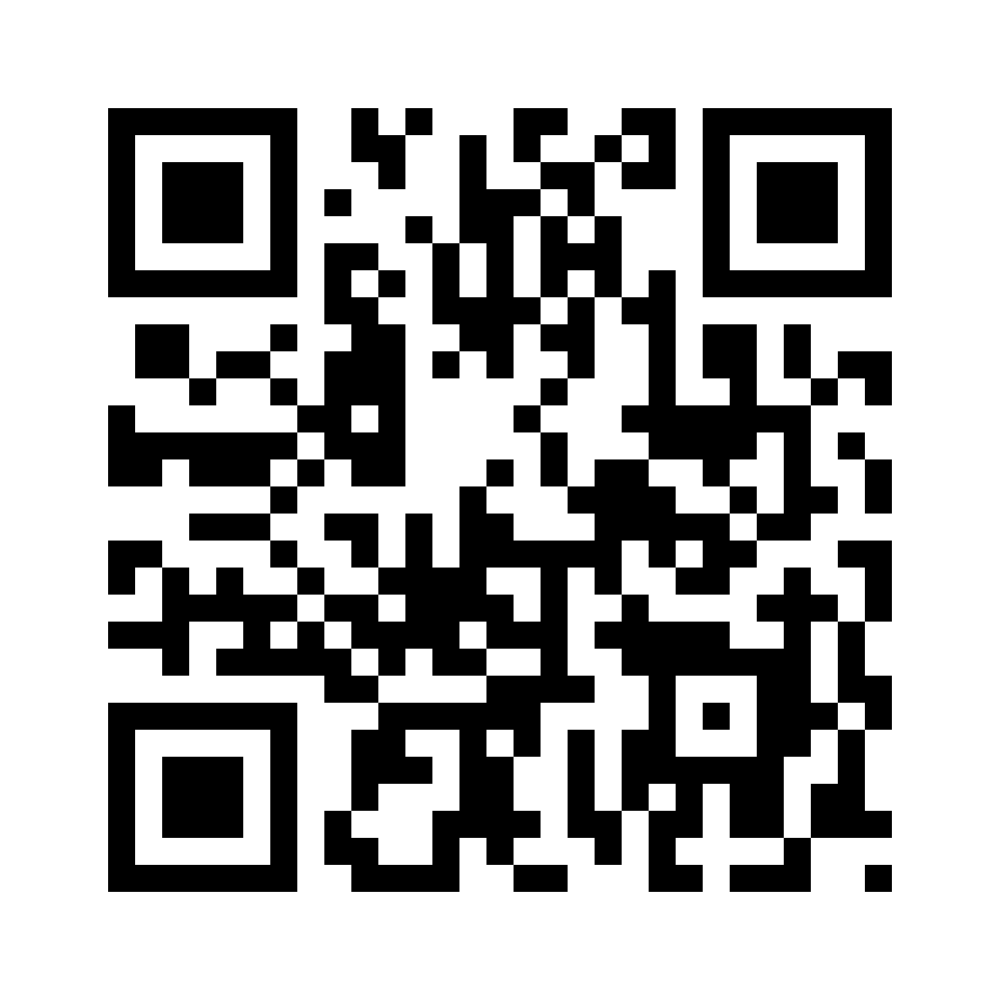It’s hip to be square.
I’m not talking about the Huey Lewis song, but rather about those funny little squares you now see popping up on marketing material. Those 2-D squares are Quick Response codes. Very similar to traditional bar codes, they can be megamarketing machines.
These innovative tools are being used by savvy restaurateurs, retailers, movie theaters, small businesses and nonprofit organizations to power up their brand and communicate a lot of information in a constrained area at an exceptionally high rate of speed.
After establishing themselves in Japan over the last decade, QR codes are now appearing in the United States — in magazines, direct mailings and in-store advertising. Just peruse the most recent onslaught of Black Friday fliers. Most retailers used these codes in some fashion to advance specials or draw attention to specific products.
They’re easy to use. With your smart phone you can take a photo of or scan a QR code. The code takes you to a preprogrammed Web page, a special coupon, a video testimonial or even a petition on a local issue.
QR codes can be as large as a recent Calvin Klein billboard in New York City’s Times Square or as small as a 1-inch square on a postcard.
The majority of marketers and business owners in the United States, especially small-business owners, still haven’t acknowledged the power of QR codes in their advertising and marketing. That’s too bad, because the cost of creating the codes is nothing and the contributions to a business or organization are endless. They’re obvious tools to add to your marketing program.
For me, the greatest contribution of QR codes is their ability to bridge the communication gap between the print world and the digital world.
Using the codes, we are able to quantify the conversion rates of direct mail campaigns for our customers. After all, conversion rates are king of any marketing campaign.
QR codes allow people to connect the printed message on a newsletter or postcard to a digital message on a website or predesigned landing page, which can be especially effective with the younger, tech-savvy demographic.
Many customers are more likely to scan a QR code than they are to call a 1-800 number. The QR code is less intimidating and allows the customer to view your message on his or her own terms. As your own customers become more Web-friendly and smart phone-dependent, this type of marketing will be a vital connection between your printed message and your website.
Where do you get the QR codes? A quick Google search will provide multiple free programs to create and track your own QR codes. I currently use a program with a minimal monthly fee that allows us to create and track up to 5,000 unique codes each month.
My recommendation for newbies would be to try out a free application for a few weeks, and then, as you become more familiar with the technology, advance to a fee-based service. Just for fun, create a QR code for your son or daughter that sends their friends to their Facebook page.
QR codes are starting to appear everywhere. For example, I think you’d agree with me that assembling DIY furniture is a pain in the backside. Manufacturers are using QR codes on furniture packaging. The code goes to a video that teaches people how to assemble their furniture.
Artists use them on band posters to promote new tracks, to get online discounts for show tickets or to direct fans to their Facebook pages. Businesses use QR codes on their business cards, letterhead and collateral items to promote a Twitter account, Facebook page or industry-specific blog.
Retailers and restaurants are using them for special coupons, to promote contests, menus or to show other locations. They can even provide video testimonials from happy customers.
Nonprofits can have a QR code that directs prospective donors to a donation page, sponsorship opportunity or video of the organization’s work in the local community.
It could only work to your advantage to become an early adopter of this technology. An estimated 53 million Americans now have smart phones, which means that it won’t be long before widespread acceptance and use of QR codes follow. Be first, be hip, be square.
Send questions/comments to the editors.




Success. Please wait for the page to reload. If the page does not reload within 5 seconds, please refresh the page.
Enter your email and password to access comments.
Hi, to comment on stories you must . This profile is in addition to your subscription and website login.
Already have a commenting profile? .
Invalid username/password.
Please check your email to confirm and complete your registration.
Only subscribers are eligible to post comments. Please subscribe or login first for digital access. Here’s why.
Use the form below to reset your password. When you've submitted your account email, we will send an email with a reset code.